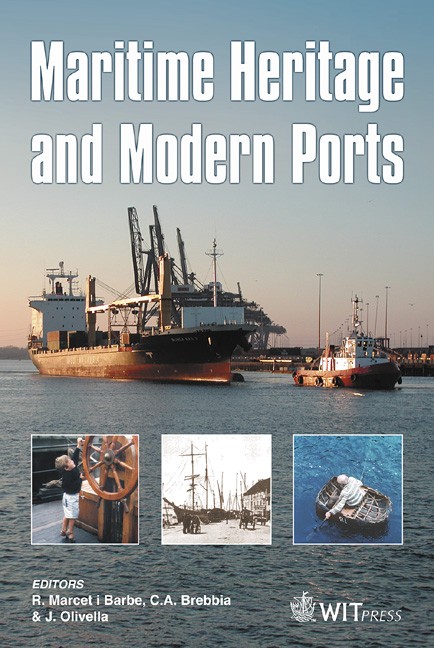Comparison Of Different Dumping Methods For Breakwater Construction
Price
Free (open access)
Transaction
Volume
79
Pages
9
Published
2005
Size
1,637 kb
Paper DOI
10.2495/MH050431
Copyright
WIT Press
Author(s)
P. Rouault, M. Nehrig, J. Meng & T. Stückrath
Abstract
Breakwaters are essential constructions in coastal engineering for the protection of coasts, human lives and infrastructure and are key components in port design. This contribution will focus on rubble mound breakwaters. There are different methods to construct rubble mound breakwaters by dumping rocks of varying rock size distribution. The choice of the construction method mainly depends on the local site conditions, that is the workflow of the construction. In general practice, a homogenous grain-size distribution of the breakwater core is assumed and the workflow of the construction is not considered. In this paper, three different methods of construction are compared, taking into consideration the actual heterogeneous grain-size distributions in the breakwater cores as well as the workflow of the construction. These three methods are: Land-based construction by dump truck Sea-borne construction by barges Sea-borne construction with fall-pipes by barges The three methods have been examined intensively, experimentally and theoretically at the Department of Hydraulic Engineering, TU Berlin. The projects were granted by the German Research Foundation DFG. A large number of physical experiments were carried out on different scales with focus on the dumping process and on the resulting grain-size distribution in the structure’s core. The falling behaviour of the rocks was investigated in a basin (1 m depth), a fall-tank (6 m depth) and a special facility with up to 20 m depth. The results were statistically analysed and compared with numerical simulations which were developed for these projects. Furthermore, the segregation of the rocks in the resulting rubble mound core was analysed and statistically evaluated. In this paper, the three methods are compared by discussing advantages and disadvantages. Finally, recommendations for designing and dimensioning breakwaters are given to improve the quality of future coastal structures. Keywords: rubble mound breakwater, core construction, grain size segregation.
Keywords
rubble mound breakwater, core construction, grain size segregation.





